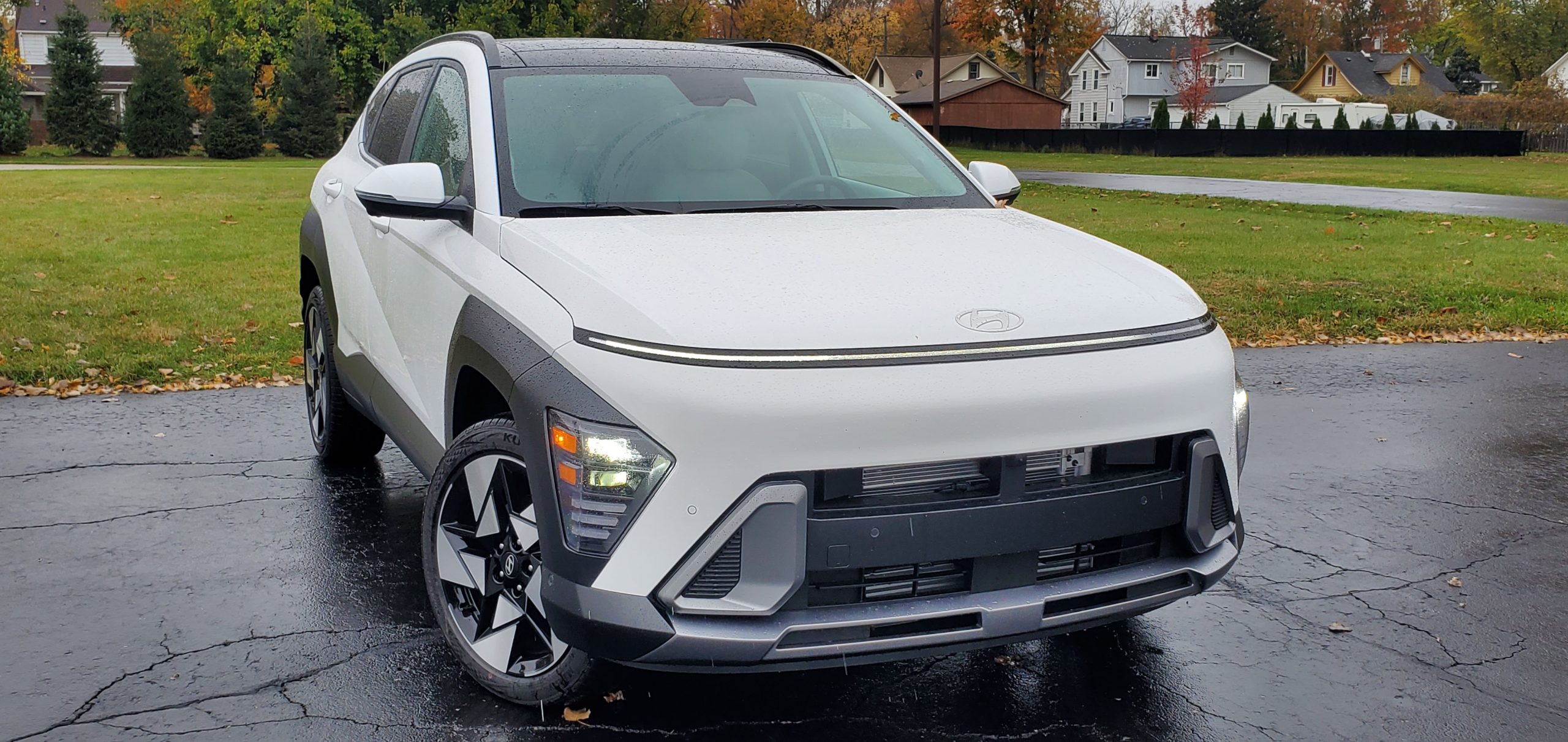The 2024 Hyundai Kona made a splash when it was redesigned back in 2024. The new model embraced a futuristic look that was simpler and also embraced Hyundai’s newfound love affair with pixels. However, the second-generation Kona had big shoes to fill with its predecessor being an impressive sales hit for the Korean car giant. With all the big changes that the Kona got for 2024, does its light suite of updates for 2025 help it retain its figurative spring in its step, Or has the magic faded away?
2025 Kona updates focus on the light side of life
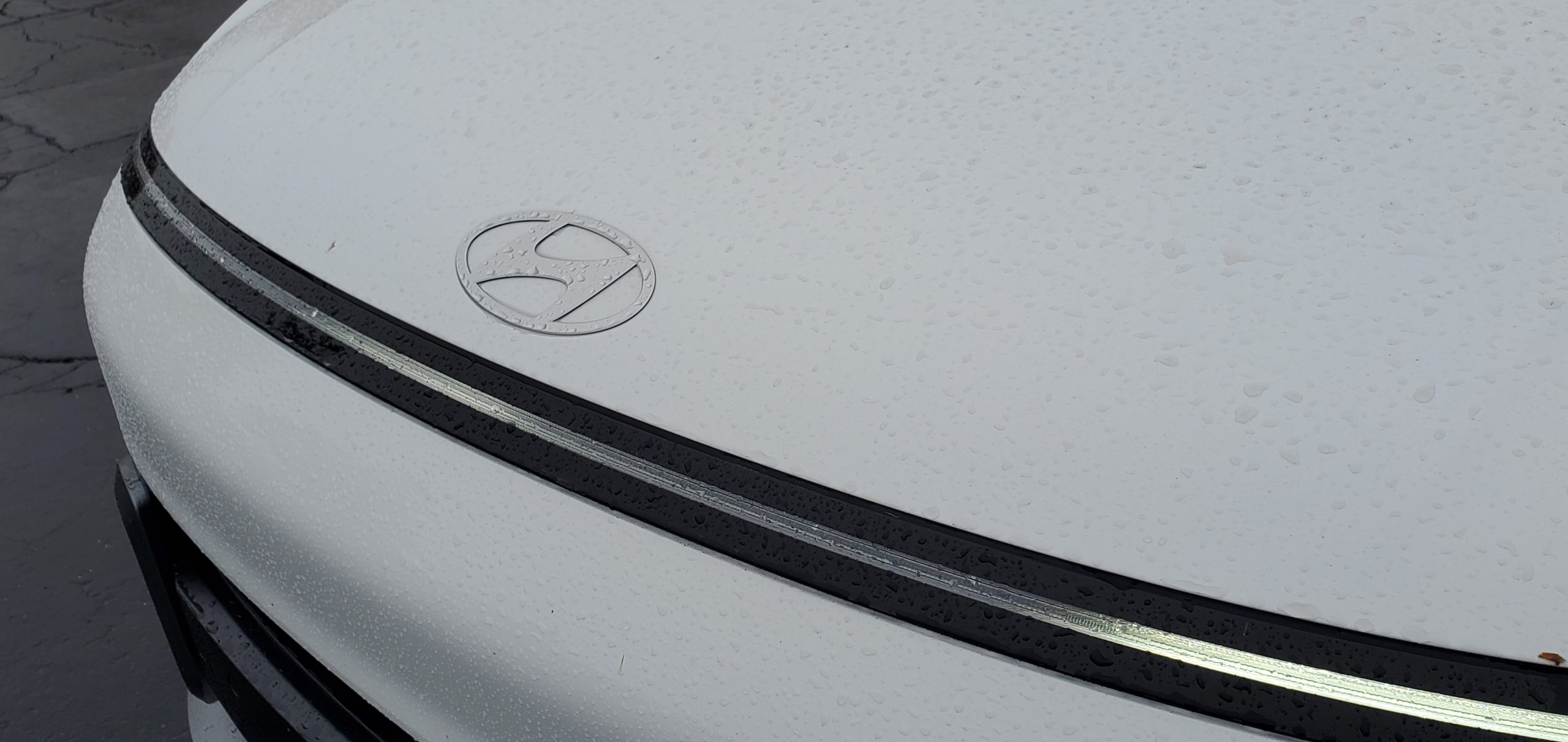
With 2024 being the year it was heavily revamped, Hyundai is using 2025 as a gap year with the Kona not receiving any major updates. Instead, Hyundai is focusing on trim shuffling with the new N-Line S trim arriving as the base version of that model. It skips the latter trim’s frills but retains the punchy 190-hp four-cylinder while the SEL with Convenience is replaced by the simpler SEL Convenience model.
However, our time with the 2025 Kona this time was not with either of these trims, instead, it was the range-topping Limited which is carried over largely unchanged. The Limited gets splashes of chrome trim with the model getting stylish 19-inch wheels and our tester arriving with Atlas White paint. The paint is contrasted by chunky plastic trim on the wheel arches and the front end also gets a slender lightbar with the headlights themselves being tucked into the corners. The rear of the Kona Limited lacks some of the excitement you find in the N-Line models but the handsome simple look allows the model to have its own personality with the look being noticed by casual observers around town. This simple look also allows the Kona to stand out better when compared to some of its rivals including the Kia Seltos.
Comfort and luxury are perfect match in Kona
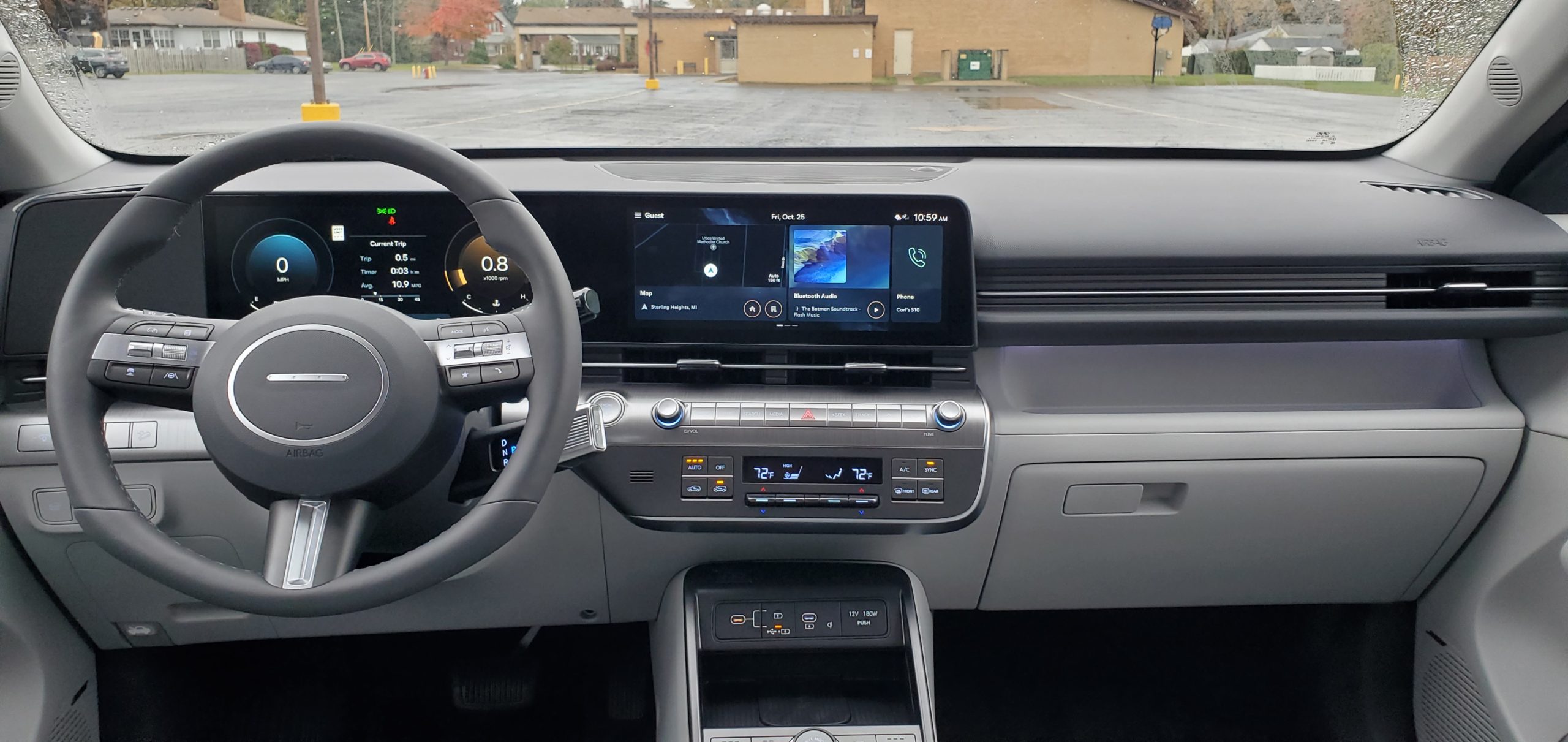
With the bulk of the updates focused on trim levels, the interior of the Kona continues to be a roomy and luxurious place to spend time in. The rear seats are still too tight but fold them down to improve cargo space and the front seats have time to shine with the space having plenty of front leg and headroom. The seats themselves are supportive and comfortable but buyers looking for more bolstering are best directed to the N-Line models which have better back support for sharp cornering.
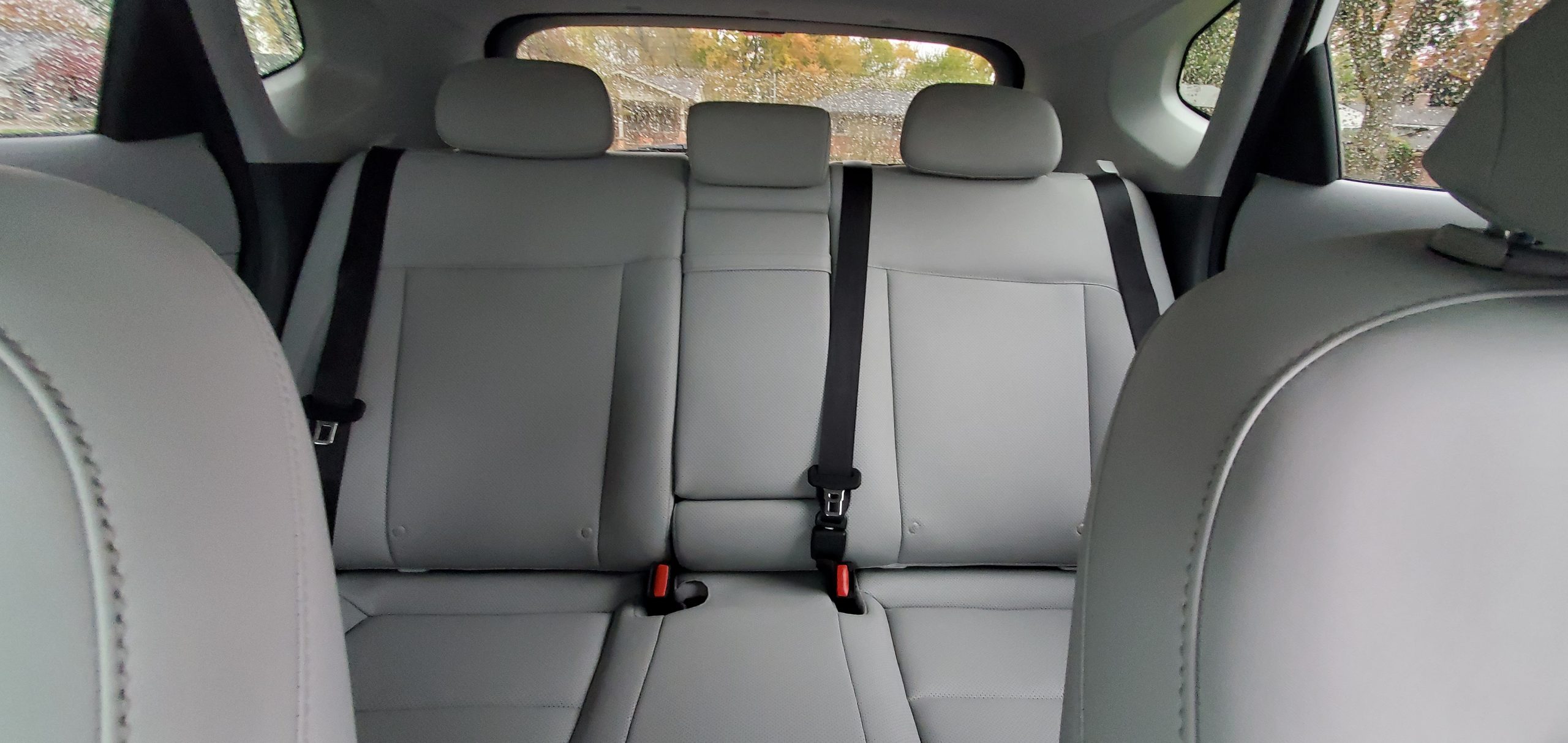
The rest of the cabin is nicely designed with the instruments and the infotainment system all being part of one large screen. High-quality materials are also used in the Limited and are a logical step up from the appointments seen in the base SE and SEL variants. The column-mounted shifter takes some time to get used to but the rest of the controls are ergonomically friendly and are easy to master. Wireless Apple CarPlay and Android Auto are standard.
The beating heart of an N-Line
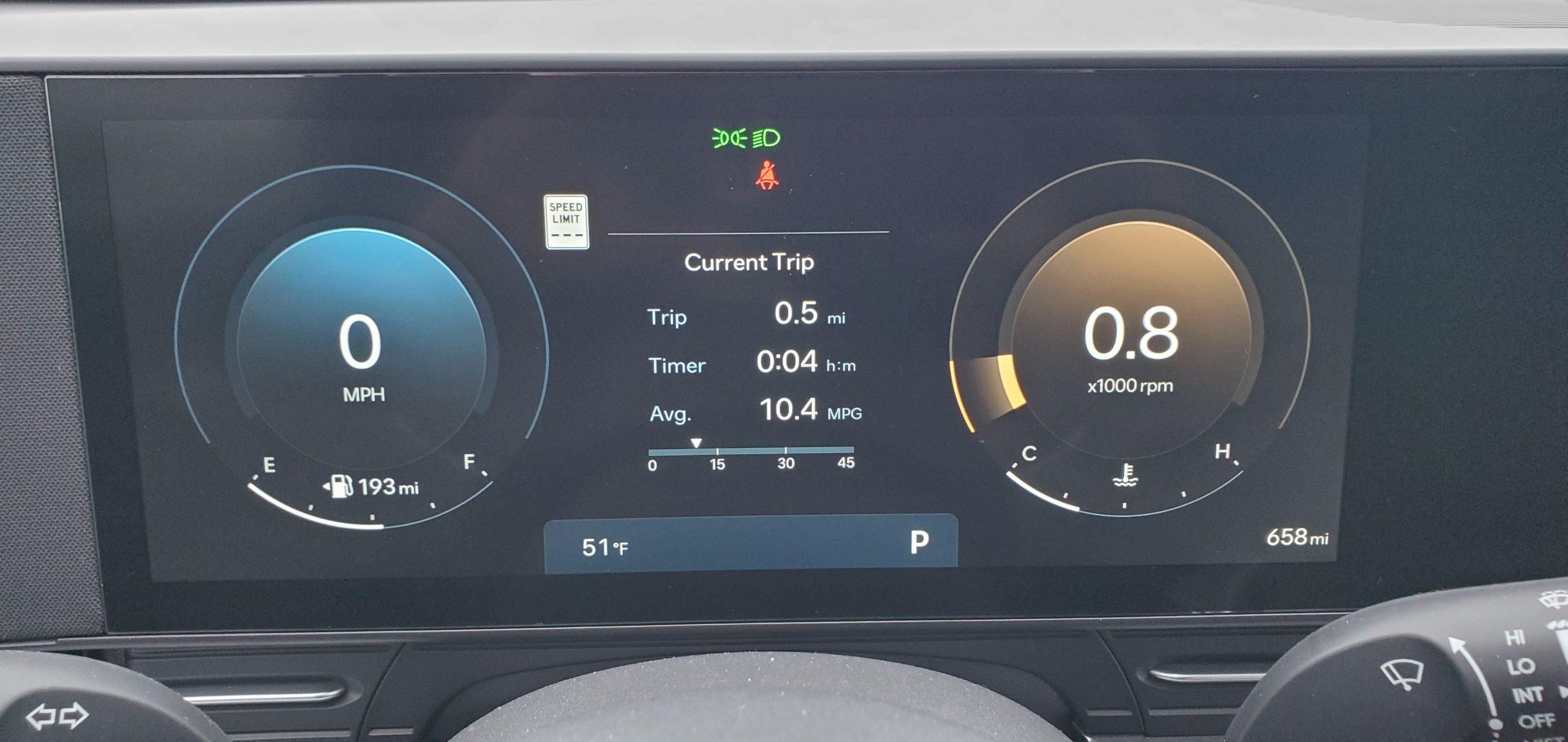
Performance for Kona Limited models like our tester comes from a turbocharged 1.6-liter four-cylinder that also sees duty in the N-Line family with the Limited retaining the 190 hp the engine makes in those models. This allowed our tester to have strong acceleration for a compact CUV but the model does not get the suspension tweaks that the N-Line gets and as a result, the cushier tune prevents the Limited from matching those models in the art of corner-carving relegating models like our tester to impressing your friends with straight-line sprints and long road trips including a trek to our favorite artesian spring to get water for the winter.
All-wheel drive is optional on all trim levels with front-wheel drive being the standard drive layout. The turbo engine’s beefier power also comes with a penalty in fuel economy with our turbocharged example getting an EPA-rated 24/29 mpg in city/freeway driving. This fuel economy is very good but for buyers that want a greener option, the Kona is also available as an EV though there isn’t any word if Hyundai will give the Kona model a hybrid or not to help it be on par with a recent surge of these models.
Value Quotient
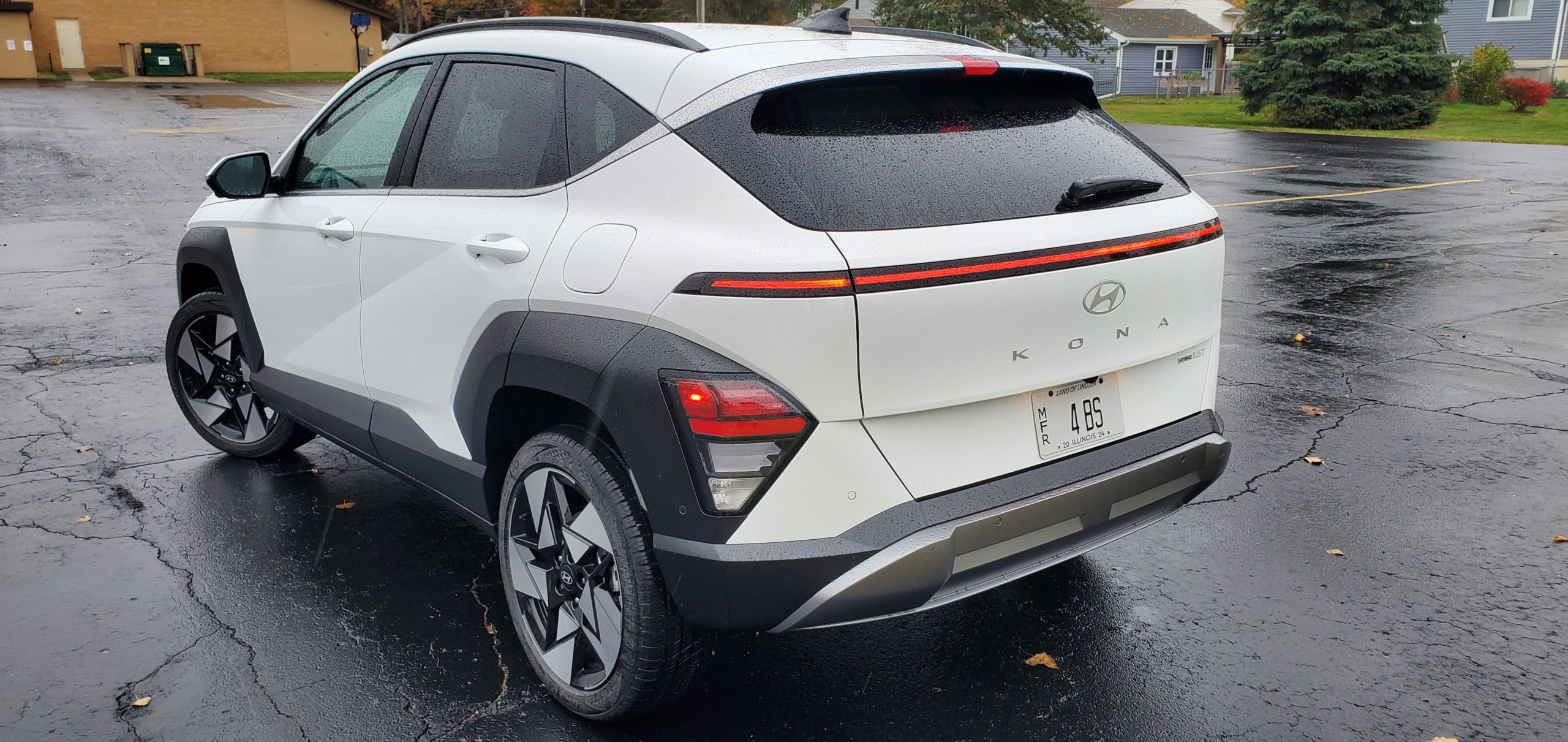
Pricing for the 2025 Hyundai Kona is just as diverse as its trim levels with a base SE starting at just $24,450 before destination fees are factored in. This pricing stays in the $20,000 range until you reach the N-Line which starts at $31,000. As for the range-topping Limited, an example like our tester is only $1,000 more and starts at $32,000. Our tester had some optional extras which caused the price to go up past the $34,000 barrier.
While the pricing ladder saw some minor changes with the addition of the two new models in the model lineup, the Kona is still a solid value play for buyers. The SE is very approachable for budget-minded consumers and as you make your way up the trim ladder, the way it layers on equipment and trim is methodical and makes it evident that you are getting more for your money as you ascend upwards.
This is important since the compact CUV segment is becoming more hotly contested than ever with the pool of entrants growing rapidly to cater to the strong demand. The Kona still has some fascinating tools in its bag of tricks but as the segment rapidly becomes more populated with crossovers, the Kona would need to be able to keep up to help it remain a viable pick for consumers. That would include the addition of a hybrid model which would allow Hyundai to not only match some rivals in that department, but to also give buyers a bridge into their electrified lineup of vehicles.
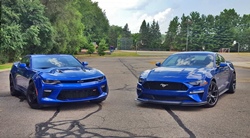
Carl Malek has been an automotive journalist for over 10 years. First starting out as a freelance photographer before making the transition to writing during college, his work has appeared on numerous automotive forums as well as websites such as Autoshopper.com.
Carl is also a big fan of British vehicles with the bulk of his devotion going to the Morgan Motor Company as well as offerings from Lotus, MG, and Caterham. When he is not writing about automobiles, Carl enjoys spending time with his family and friends in the Metro Detroit area, as well as spending time with his adorable pets.

